1ABPS02755-2006-11 Hyundai Accent Kia Rio Rio5 Front Ceramic Brake Pads TRQ BFA73301
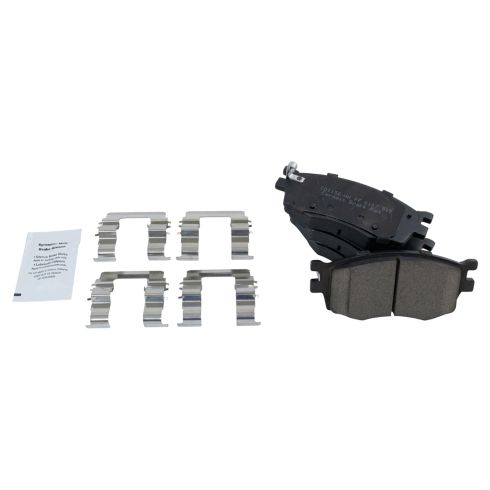
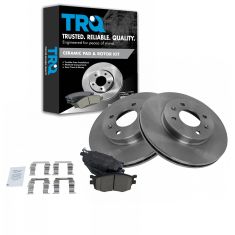
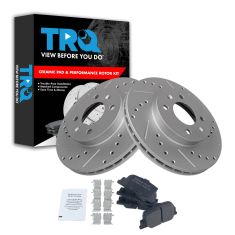
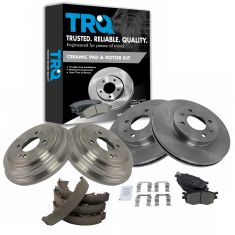
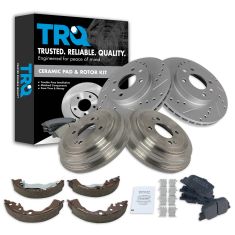
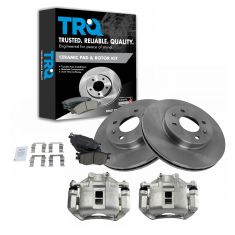
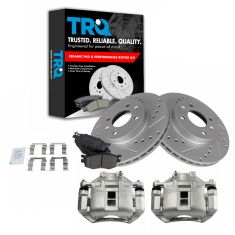
Replaces
2007 Hyundai Accent Front Ceramic Brake Pads TRQ BFA73301

Get the kit

Ceramic Brake Pad & Rotor Kit
$96.95

Ceramic Performance Brake Pad & Rotor Kit with Parking Shoes
$108.95

Ceramic Brake Pad & Rotor, Shoe & Drum Kit
$160.95

Ceramic Premium G-Coated Performance Brake Pad & Rotor, Shoe & Drum Kit with Parking Shoes
$186.95

Ceramic Brake Pad & Rotor Kit with Calipers
$205.95

Ceramic Performance Brake Pad & Rotor Kit
$221.95
Product Reviews
Loading reviews
There are no reviews for this item.
Customer Q&A
No questions have been asked about this item.
Hyundai is a registered trademark of Hyundai Motor Company. 1A Auto is not affiliated with or sponsored by Hyundai or Hyundai Motor Company.
See all trademarks.











